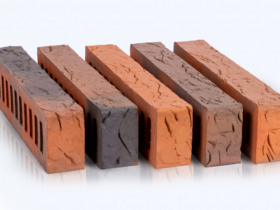The consumer properties of a house erected using the technology of using LSTK are a general indicator. They depend on the materials used, environmental purity, their number and prices. As well as from the thermal insulation properties of the building of the building, its energy performance, the costs of current and overhaul and many other factors. If the consumer properties of buildings created using a variety of technologies, it is necessary to strive for the largest number of compared indicators.
The technological features of the LSTK in construction are a significant reduction in the material intensity of the building, high -quality thermal insulation, and the ability to create up to three floors. Along with this, this technology has the variability of creating the frame: – profiles are performed at the factory, they are cut, according to the project, and the assembly is carried out at the construction site – this makes it possible to reduce transportation costs and not use lifting equipment;
– In the factory situation, the enlarged assembly of the components of the walls of the walls and ceilings is also performed; – also in the factory conditions, the full manufacture of panels of ceilings and wall panels with laying communication channels and insulation materials is made, sometimes the installation of external and internal finishing materials. In this case, transport costs and lifting mechanisms grow, but the construction time is significantly reduced.
The presented technology is environmentally friendly and “dry”. Which makes it possible to obtain a building with a slight consumption of building materials (small weight), in a short time, with a potentially high service life.
Such buildings do not require large foundations, can be built on a flat integral basis.
They have good thermal insulation due to the use of “thermoprofile” (a profile that has longitudinal surgery in a checkerboard version, which increases the heat transfer path and must eliminate the “cold bridges”).






